Intro
Discover the causes of high triglycerides, including diet, genetics, and lifestyle factors, and learn how to manage triglyceride levels with healthy habits and treatments to reduce cardiovascular risk.
Triglycerides are a type of fat found in the blood, and having high levels of them can increase the risk of heart disease. It's essential to understand the causes of high triglycerides to take preventive measures and manage the condition effectively. High triglycerides, also known as hypertriglyceridemia, can be caused by a combination of genetic, lifestyle, and medical factors. In this article, we'll delve into the various causes of high triglycerides and explore ways to mitigate their effects.
The importance of understanding high triglycerides cannot be overstated. Elevated triglyceride levels can lead to the development of fatty liver disease, pancreatitis, and even increase the risk of heart attacks and strokes. Furthermore, high triglycerides can be a sign of underlying metabolic disorders, such as insulin resistance and diabetes. By recognizing the causes of high triglycerides, individuals can take proactive steps to reduce their risk and maintain optimal cardiovascular health.
High triglycerides can be caused by a range of factors, including dietary habits, physical inactivity, and certain medical conditions. A diet high in saturated fats, cholesterol, and refined carbohydrates can contribute to elevated triglyceride levels. Additionally, a sedentary lifestyle, obesity, and certain genetic disorders can also increase the risk of developing high triglycerides. It's crucial to identify the underlying causes of high triglycerides to develop an effective treatment plan and prevent long-term cardiovascular damage.
Introduction to High Triglycerides
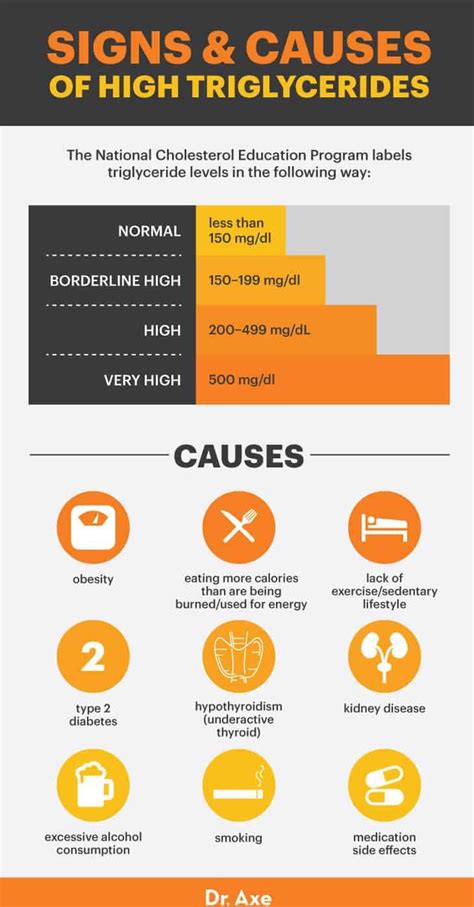
Causes of High Triglycerides
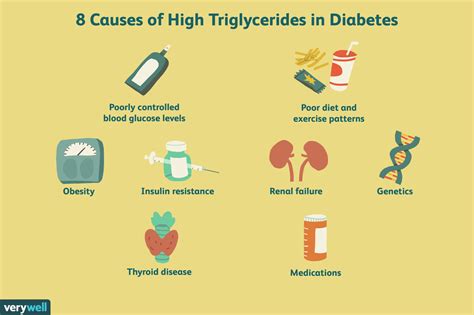
Lifestyle Factors
Lifestyle factors play a significant role in the development of high triglycerides. A diet high in saturated fats, cholesterol, and refined carbohydrates can contribute to elevated triglyceride levels. Foods that are high in saturated fats, such as red meat, full-fat dairy products, and processed meats, can increase triglyceride production in the liver. Refined carbohydrates, such as white bread, sugary snacks, and sweetened beverages, can also raise triglyceride levels by stimulating the liver to produce more triglycerides.Medical Conditions
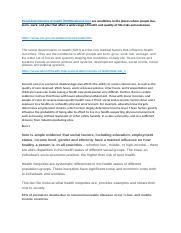
Genetic Factors
Genetic factors can also play a role in the development of high triglycerides. A family history of high triglycerides can increase an individual's risk of developing the condition. Certain genetic disorders, such as familial hypertriglyceridemia, can also lead to elevated triglyceride levels. Additionally, genetic variations in the genes that regulate triglyceride metabolism can affect an individual's ability to metabolize triglycerides efficiently.Diagnosis and Treatment
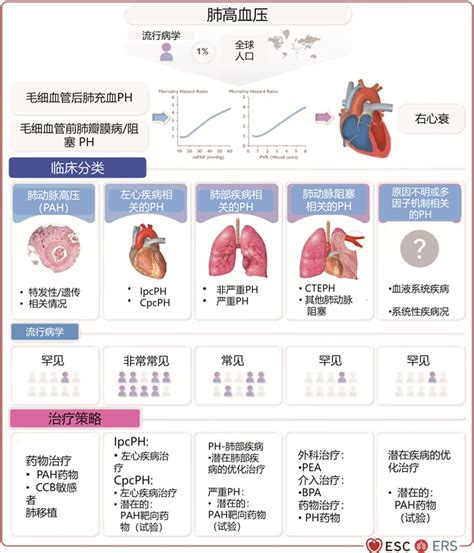
Lifestyle Modifications
Lifestyle modifications are essential for managing high triglycerides. A healthy diet that is low in saturated fats, cholesterol, and refined carbohydrates can help reduce triglyceride production in the liver. Increasing physical activity, such as walking, jogging, or cycling, can also help lower triglyceride levels. Maintaining a healthy weight, quitting smoking, and limiting alcohol consumption can also help mitigate the effects of high triglycerides.Prevention and Management
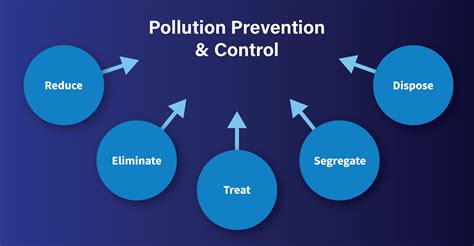
Monitoring and Follow-up
Regular monitoring and follow-up are crucial for managing high triglycerides. Individuals with high triglycerides should have their triglyceride levels checked regularly to monitor the effectiveness of treatment. Additionally, regular check-ups with a healthcare provider can help identify any potential complications or underlying conditions that may be contributing to high triglycerides.Conclusion and Next Steps

We invite you to share your thoughts and experiences with high triglycerides in the comments section below. If you have any questions or concerns, please don't hesitate to ask. Additionally, we encourage you to share this article with friends and family members who may be affected by high triglycerides.
What are the symptoms of high triglycerides?
+High triglycerides often do not produce any symptoms, but elevated levels can increase the risk of cardiovascular disease, pancreatitis, and fatty liver disease.
How can I lower my triglyceride levels?
+Lifestyle modifications, such as a healthy diet, regular exercise, and weight loss, can help lower triglyceride levels. Medications, such as fibrates and omega-3 fatty acids, may also be prescribed to help reduce triglyceride levels.
What are the risks of high triglycerides?
+High triglycerides can increase the risk of cardiovascular disease, pancreatitis, and fatty liver disease. Elevated triglyceride levels can also contribute to the development of insulin resistance and diabetes.
How often should I have my triglyceride levels checked?
+Individuals with high triglycerides should have their triglyceride levels checked regularly, typically every 3-6 months, to monitor the effectiveness of treatment and adjust their treatment plan as needed.
Can high triglycerides be prevented?
+Yes, high triglycerides can be prevented by maintaining a healthy lifestyle, including a balanced diet, regular exercise, and weight management. Regular monitoring and early intervention can also help prevent the development of high triglycerides.
